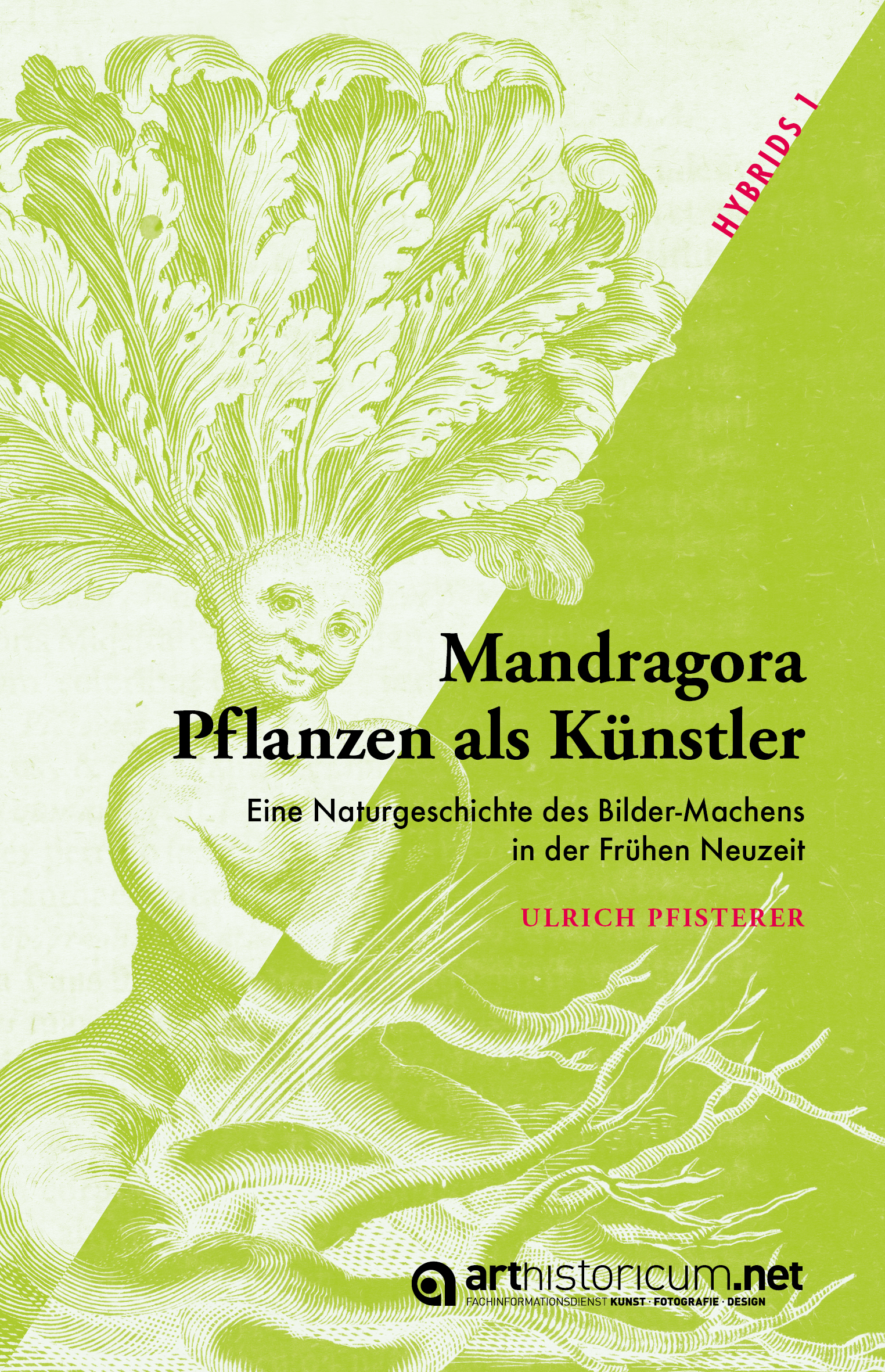HYBRIDS
Transgressions of boundaries in nature have fascinated, frightened and challenged people from antiquity to the present day. The arts and visual worlds as a whole have played and continue to play a decisive role in how these transgressions - the blending, dissolution and overcoming of orders and possibilities of nature - are publicised, imagined, commented on and overcome, and what visions of the future might look like. Due to new processes in science and technology - from genetic research to AI - such border crossings are probably more relevant today than ever before.
Editor
Ulrich Pfisterer
Ludwig-Maximilians-Universität München
Institut für Kunstgeschichte
Zentnerstr. 31
80798 München
Published so far
Mandragora – Pflanzen als Künstler: Eine Naturgeschichte des Bilder-Machens in der Frühen Neuzeit
Plants produce images, nature is an artist. What reads like an avowal of contemporary eco-art was already a subject of intense interest in early modern times: after all, there are many forms in nature that are reminiscent of a human figure - such as the mandragora or mandrake root. Explanations ranged from superstition and speculation about divine messages hidden in creation to scientific theories. At the same time, the relationship between natural and artificial products and the conditions for precise observation were also considered. One highlight of these discussions was the publication of an anthropomorphic beetroot in 1670 in Germany's first scientific journal.







